Cutting Back Obedient Plant?
pbaby
18 years ago
Featured Answer
Sort by:Oldest
Comments (8)
Carol_Ann
18 years agolindac
18 years agoRelated Professionals
Derry Landscape Architects & Landscape Designers · Carson Landscape Architects & Landscape Designers · Graham Landscape Architects & Landscape Designers · Lyons Landscape Architects & Landscape Designers · Woodinville Landscape Architects & Landscape Designers · Harvey Landscape Architects & Landscape Designers · Tempe Landscape Contractors · Concord Landscape Contractors · Little Ferry Landscape Contractors · Milton Landscape Contractors · Overland Park Landscape Contractors · Palatine Landscape Contractors · Winchester Landscape Contractors · Markham Landscape Contractors · Ramona Driveway Installation & Maintenancetaitai
18 years agopam_aa
18 years agoviktoria5
13 years agoMatt Conner
7 years agokatylo
last year
Related Stories

GARDENING GUIDES7 Ecofriendly Gardening Ideas That Also Cut Chore Time
Spend less time weeding, less money watering and more moments just sitting back and enjoying your healthy garden
Full Story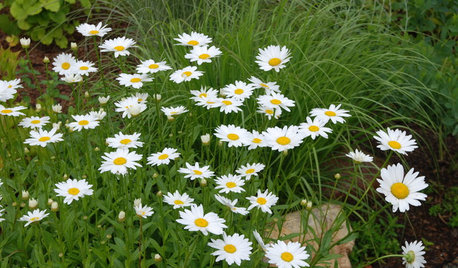
FLOWERSBest Cutting-Garden Beauties for Late Summer
Pick blooms bursting with color or in classic white for bouquets to give away or keep all to yourself
Full Story
HOME OFFICESQuiet, Please! How to Cut Noise Pollution at Home
Leaf blowers, trucks or noisy neighbors driving you berserk? These sound-reduction strategies can help you hush things up
Full Story
HOLIDAYSHow to Care for Your Christmas Tree
Keep your tree looking lush until the last ornament is packed away with these tips for watering, using stands and more
Full Story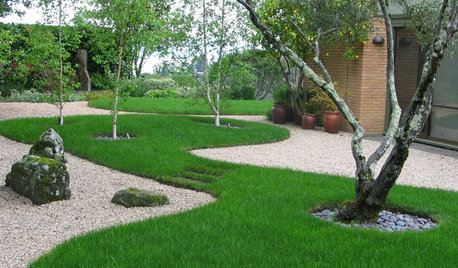
LANDSCAPE DESIGNIs Your Garden Cut Out for Matisse Inspiration?
Look to the artist’s paper collages for a creative and easy approach to garden design
Full Story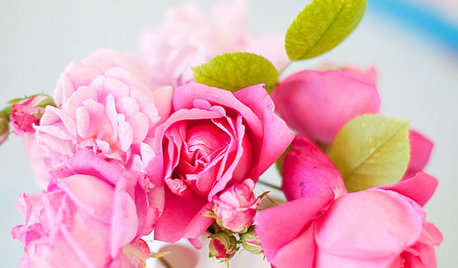
BUDGET DECORATINGSimple Pleasures: Treat Yourself to Cut Flowers
Enjoy priceless beauty with just a few inexpensive stems — and you don’t need fancy vases, either
Full Story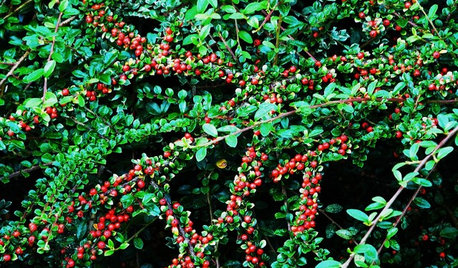
FALL GARDENINGGreat Design Plant: Rock Cotoneaster
Adaptable and highly tolerant, this branching plant makes a terrific ground cover and cutting source
Full Story
FLOWERSRudbeckia Mania: Go Beyond Black-Eyed Susan in the Garden
Branch out from typical nursery fare, with lesser-known Rudbeckia species that have delightfully unexpected features
Full Story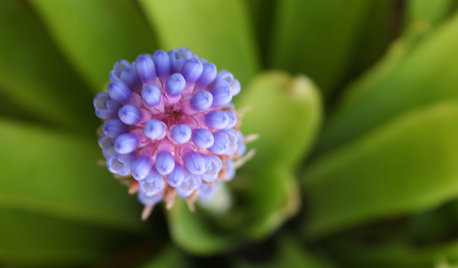
GARDENING GUIDESBromeliads: The Ultimate Collector’s Plants
Once you discover bromeliads’ exotic beauty, wide-ranging colors and intriguing patterns, you’ll never go back
Full Story
GARDENING GUIDESInvite Mining Bees to Your Garden by Planting Their Favorite Plants
Look for mining bees (Andrena) pollinating woodland wildflowers in U.S. gardens this spring
Full StoryMore Discussions







xiangirl zone 4/5 Nebraska